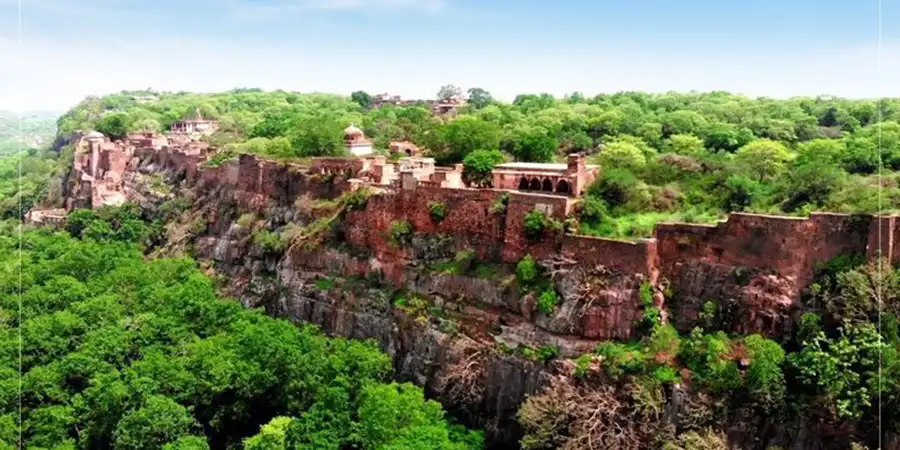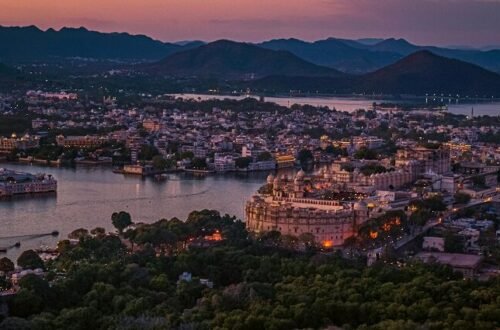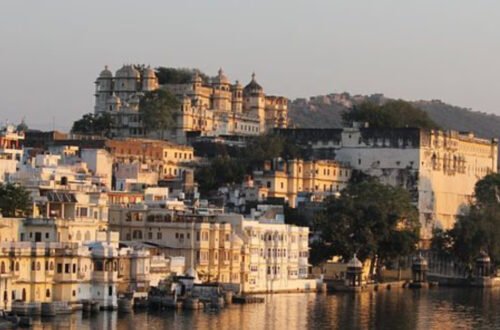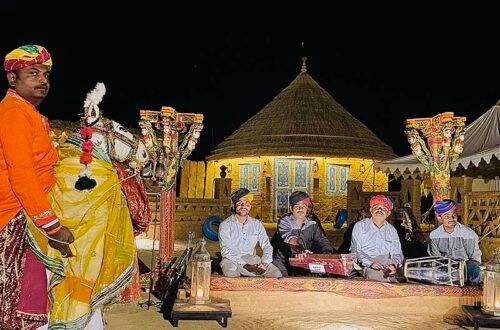Ranthambore Fort stands as a magnificent symbol of Rajasthan’s storied past, nestled amidst the rugged terrain of the Ranthambore National Park. Visitors who plan their trip with a Luxury Resort in Ranthambore often include this historic site in their itinerary, eager to experience its grandeur and significance. This guide offers valuable insights into the fort’s history, architecture, and the best ways to explore it.
A Glimpse Into Centuries of History
The origins of Ranthambore Fort trace back to the 10th century when it was constructed by the Chauhan rulers. Over the centuries, it served as a strategic military stronghold, witnessing fierce battles and sieges. The fort’s location on a hilltop offered clear views of the surrounding forest and plains, making it almost impenetrable. Visitors walking through its colossal gateways can still sense the echoes of history that define this UNESCO World Heritage Site.
Architecture That Reflects Valor and Vision
The fort’s design is a blend of Rajput and Mughal architectural influences, characterized by massive stone walls, bastions, and intricate carvings. As you walk along the ramparts, you’ll encounter ancient temples, stepwells, and crumbling palaces that speak of the artistry of their time. The fort covers an area of nearly 7 km², with paths leading to various viewpoints that offer panoramic views of the national park below.
Temples and Sacred Sites Within the Fort
Among the most revered sites inside Ranthambore Fort is the Trinetra Ganesh Temple, attracting devotees and tourists alike. The temple is said to house the oldest representation of Lord Ganesh with three eyes. Other temples within the fort include those dedicated to Shiva and Ramlalaji. During festivals, these sites come alive with colorful celebrations, adding another layer to the fort’s cultural richness.
Wildlife and Scenic Vistas
Perched high above the Ranthambore National Park, the fort provides unique opportunities for spotting wildlife. Visitors often report sightings of langurs, peacocks, and various species of birds along the fort’s trails. The vantage points also offer breathtaking views of the forest canopy where tigers and leopards roam. For many, combining a visit to the fort with a Jeep Safari in Ranthambore creates an unforgettable adventure.
The Fort’s Role in Conservation History
Ranthambore Fort is more than just a relic of the past; it has played a role in the conservation of India’s wildlife. The fort’s presence within the national park helped protect the surrounding forest from encroachment over the years. Its integration into the park’s boundaries underscores the balance between heritage preservation and ecological sustainability. Visitors today witness how these two aspects of Ranthambore coexist harmoniously.
Exploring Hidden Corners and Lesser-Known Sites
While the main structures of Ranthambore Fort draw the majority of visitors, the fort also conceals smaller, lesser-known attractions. Ancient stepwells, small shrines tucked away in quiet corners, and ruined pavilions offer opportunities for quiet reflection and photography. These spots reveal the daily life of those who once inhabited the fort and provide a deeper understanding of its layered history.
Planning Your Visit
Exploring Ranthambore Fort requires comfortable walking shoes and ample time, as its pathways can be steep and rugged. The fort is open throughout the year, but the winter months are generally considered the most pleasant for exploration. Many visitors choose to stay in accommodations that blend comfort with authenticity, such as a Luxury tent in Ranthambore, to fully immerse themselves in the natural beauty and history of the area. Guides are available at the site and can enrich the experience with stories and historical context that may otherwise be missed.
Conclusion
Ranthambore Fort offers more than just a walk through ancient ruins—it provides a journey through time, culture, and nature. Its imposing walls, sacred temples, and breathtaking views ensure that every visitor leaves with a deeper appreciation of Rajasthan’s legacy. Whether you are drawn by its architectural marvels, its connection to wildlife, or its spiritual significance, the fort remains an essential destination for anyone exploring the wonders of Ranthambore.





